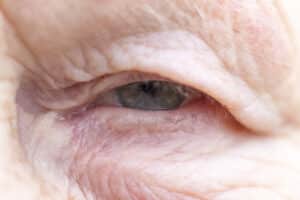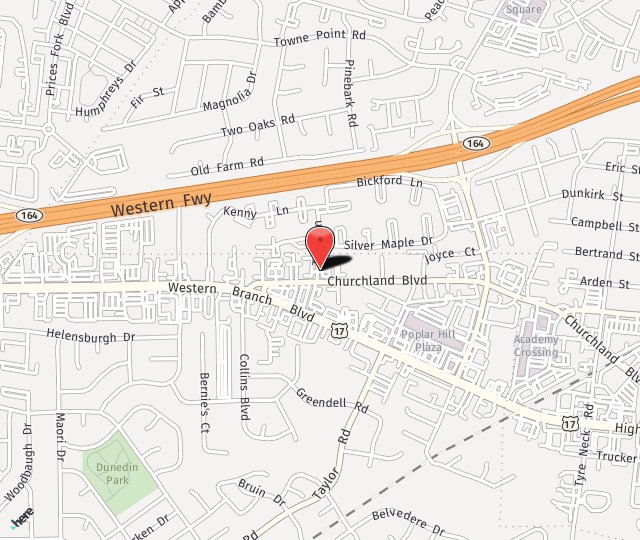
The skin on the upper eyelids is the thinnest and most stretchable skin on our bodies. The stretchy nature of this skin, in combination with the force of gravity, results in early sagging of the eyelids in some individuals. This clinical condition is known as dermatochalasis. At first, the problem is a purely aesthetic one. Baggy eyelids are seen by some as unappealing, causing them look older than their actual age. As the condition progresses, the excess skin can cause the eyelids to feel heavy or tired. Eventually, the lids droop low enough to hood the eyes and block the peripheral vision.
Correction of drooping eyelids is straightforward. The excess skin can be removed with a procedure called a blepharoplasty, more commonly known as an eyelid tuck. It is usually done as either an in-office surgery or as an outpatient procedure at a surgery center. The recovery time is fairly quick, with return to normal activities in a few days and resolution of bruising and swelling within a couple of weeks. The surgical technique allows the incision to be hidden in the crease of the eyelid, leaving no obvious scar.
Most people have heard that ‘having their eyelids done’ is an option as a cosmetic surgery. Many people are not aware that blepharoplasty surgery is covered by insurance, including Medicare, in cases where the vision is affected. This is known as a functional blepharoplasty. The goal is to improve visual function by getting the excess skin out of the way. The cosmetic improvements in these cases are a nice ‘side benefit’ of the surgery. Testing done at your eye surgeon’s office can help determine if you are eligible for a functional blepharoplasty.
There are a number of inherited physical traits that we can not change, but the next time you look in the mirror and see mom or dad’s saggy eyelids, remember that this is one hand-me-down that you don’t have to keep.
Author: Michael Keverline, MD


